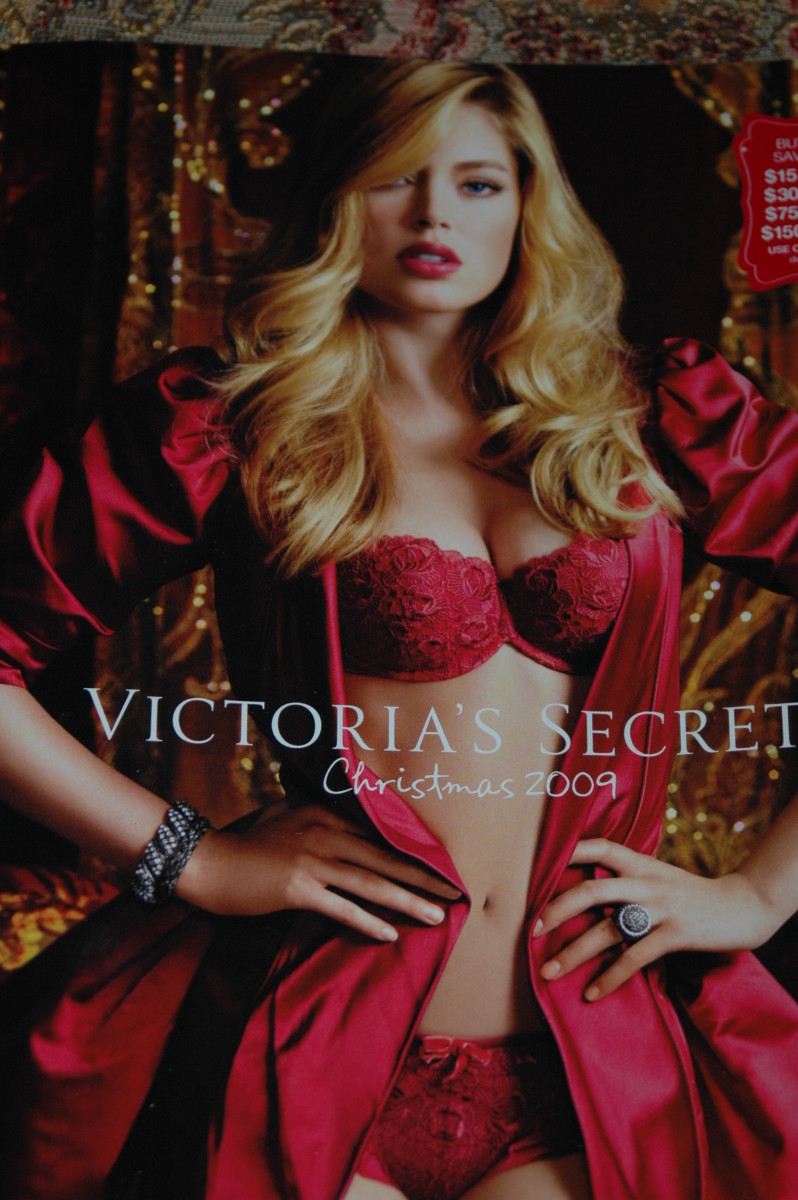Writers: The Only 9 Fonts You'll Ever Need
Typography and repeating type design go back to Gutenberg and his 42-line bible.
In the 600 years since, so many new fonts have been invented that our computers have become confusing Babelic Towers of Type. Most of us do not know where to start. Or where to stop. My solution? Stick with the classics.
So here I am going to tell you about the only 9 fonts you will ever need - and the best places to use them. Most have been around for hundreds of years and most will already be on your computer.
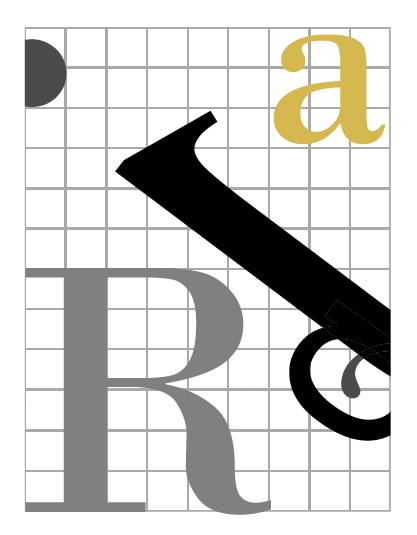
A chisel with your text?
Keep in mind that all type divides itself into two broad families: serif and sans-serif. Serifs are most often noticed as the little feet on the bottom of the letters. They are thought to have originated as chisel marks back in the day when Rome did its writing on columns. San-serif is text which does not have any serifs - like the letters you are reading right now.
The 9 Essential Fonts
Type can also be divided into discrete categories, broadly following its historical development since Gutenberg: 1. Old-style, 2. Transitional, 3. Modern, 4. Egyptian (or slab-serif), 5. San-serifs (or Grotesks), 6. Scripts and 7. Novelty. To these you could add 8. Digital - for fonts specifically designed for computer use - and 9. Grunge. "Grunge" is more of a style than a font but you will want it in your text toolbox.
So, lets get started.
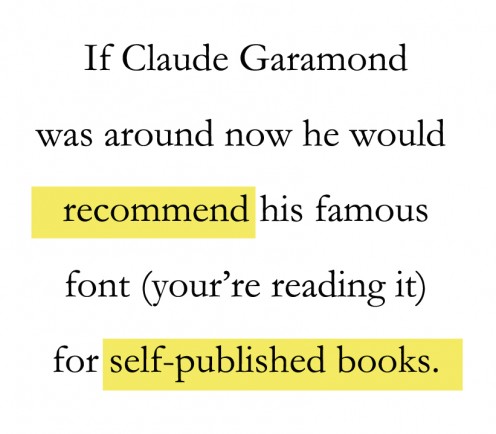
1. Garamond (Old Style)
It's been around since 1530 but looks amazingly modern. Claude Garamond was French and he cut each letter from metal, creating molds that held the lead alloy that became the letter. Out of date?
Apple uses it in its iPhone ads ("Seriously. Get to know your world."). Another user: the Tiffany and Co logo. Adaptable. Timeless.
2. Baskerville (Transitional)
Here is another old-timer - English this time - which has refused to give up the ghost. Benjamin Franklin loved John Baskerville's type. It's called "transitional" because it lies between "Old Style" and "Modern" and it's lighter on the page with greater contrast in the weight of its strokes. This is a font still used endlessly in textbooks. Bookish, formal. Great for essays and articles.
3. Bodoni (Modern)
Bodoni is Modern, and Italian - at least Mr. Bodoni was. Of course, "Modern" when speaking about type, means you are still in the 19th century. It also means massive contrast between the thick and thin strokes (think of an M for example - all serif fonts will draw the legs skinny and the central V thick).
You call this modern? Elizabeth Arden and Giorgio Armani sure think so – they both use a variation of Bodoni in their logo names. Elegant. Classy. Great for titles and in displays uses.

(If you use fonts in video (like I do) you need to be a little careful with all serif fonts - but especially Bodoni. Bodoni's ascenders and decenders can be so thin, that if you introduce any motion effect to the glyphs horrible interlacing artifacts can occur.)
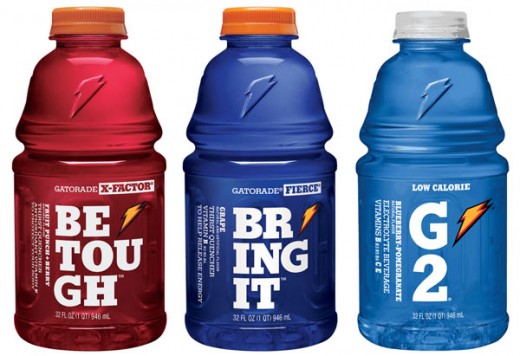
4. Memphis (Slab-serif)
So far, nothing very funky. But with the rise of the machine age and the demands of industry for eye-catching display font, you start to get fonts with enormous fat feet (think of Wild West “wanted” posters). Things settled down after a while but the style is still much in use...
If you look real close at the feet on Old Style fonts like Garamond you notice that they have little curved brackets. Slab-serifs have the familiar chisel marks, but no brackets – just a straight line of varying thickness. Memphis is a good example of the breed and in varying weights is used by Gatorade. (Alternatives are "Rockwell" or "Clarendon".)
Great for impact; when you don't want to say it you want to shout it.
5. Helvetica (San-serif or Grotesk)
Now we come to the sans-serif fonts. Like the text you are reading now. Like Helvetica. Letterforms without serifs have been around since the early 1800s. But it was only after WWII that this type really took off as the world shrugged off the nightmare of total war. We wanted something fresh. And so we got Helvetica.

Back in the day, fonts without serifs were so strange to the prevailing aesthetic they were called “grotesque”. Times change huh? Helvetica is the most used (and admired) (and copied) (and despised) sans-serif on the planet (think Ariel and endless other imitators). It has nice big body heights which makes it kind of accessible and friendly and no design fluff or unnecessary squiggles.
Used by Toyota, Jeep, Crate and Barrel, American Airlines and hundreds of other companies. It's got its own documentary and has even had its own MOMA exhibition. (A slightly more edgy alternative is Futura.) Versatile. Adaptable. If you could only have one font it would be this guy.
6. Mistral (Script)

It was only a matter of time before fonts came the full circle and began to imitate handwriting. You can often pick these out from the lists on your computer by the references to “hand” or “script”. "Mistral" is one example - if a little informal and staid for the breed.
"Script" fonts are occasionally used in logos (think Disney) and many are fancy – good for wedding invitations (think Edwardian script) or pirate maps . Great for adding character. Beware: will generate strong reactions!
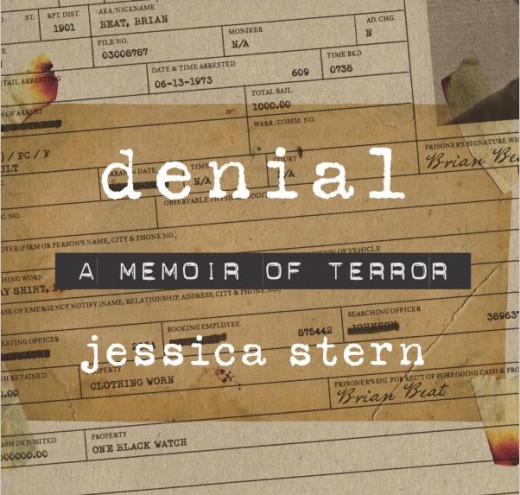
7. Courier New (Novelty)
Another essential category of font is the "novelty" font.
There are endless choices for novelty fonts. The mistake most people make is going for a novelty script before trying one of the classics and varying its size or weight.
"Courier New" has the look of an old typewriter and is particularly useful when you want to recall the days of the typewriter. Courier New (and Courier) are almost never seen in logos or advertising but pop up frequently in movie poster and book cover design.
8. Georgia (Digital)
Most "serif" fonts do not look good on computer screens – particularly at small sizes and low resolutions. So "Georgia" was designed (copying a real serif font - Times New Roman) to play better with the new technology. It now ships with all Microsoft computers and is bundled with Internet Explorer. Because of its ubiquity and its design features, it is the font of choice on websites – like blogs - which want to look a little more bookish or newsy than the average - like my blog: Video Biography Central.
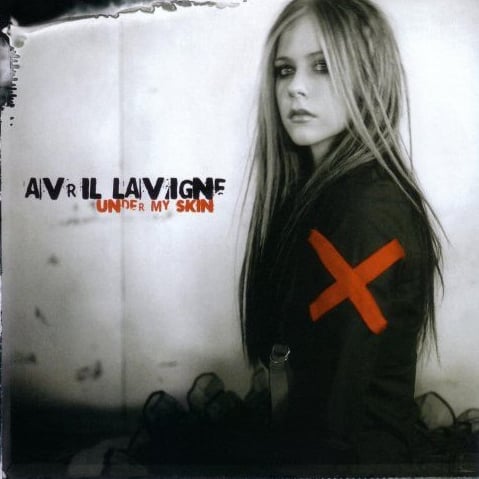
9. Grunge
"Grunge" is a style and an aesthetic more than any one font. But it has universal appeal to the younger crowd, many of whom find conventional fonts to be too straight-laced.
In the font world, grunge typically means messy, poorly aligned and distressed. You can distress your own type (if you are creative enough) or you can find a grunge font on-line. A great place to look for a grunge type to your liking is: http://www.dafont.com/.
Don't bug out or boil the ocean
So, my advice is to avoid the two extremes of letting your computer decide your font, or boiling the ocean trying to find the One True Font.
Instead, choose the examples I have suggested from each of the font classes and, save for emergencies, stick with them.

